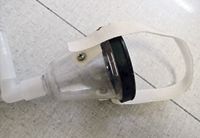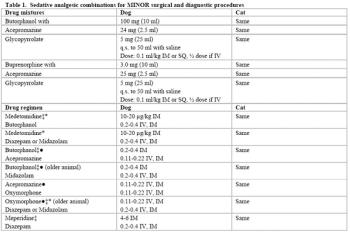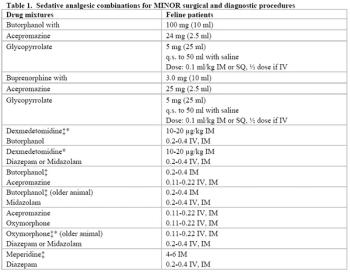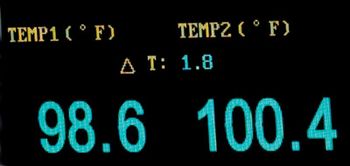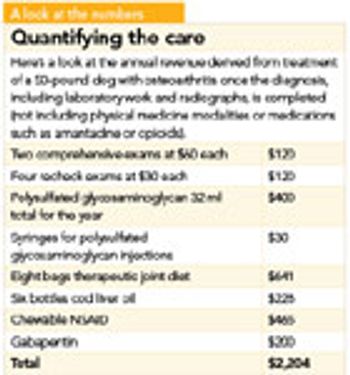
The overall goal of anesthesia is survival and optimum recovery from surgery. In order to accomplish this goal, the surgery patient must be continually monitored for changes, especially deterioration in respiration, cardiac function and tissue perfusion regardless of the specific surgery.


